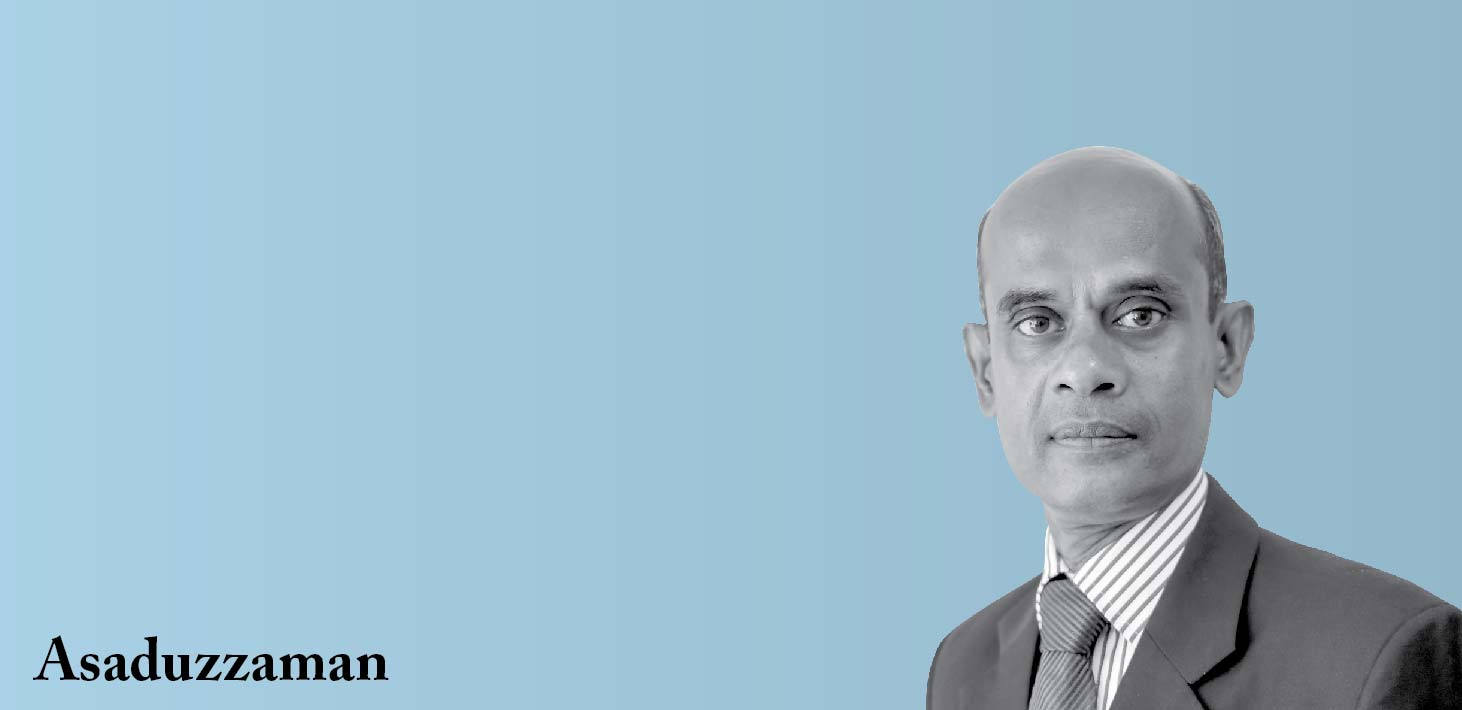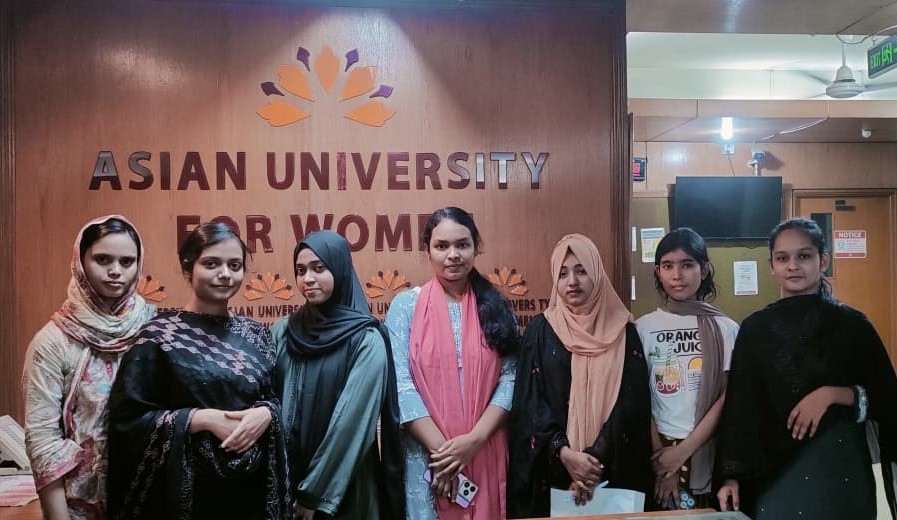China and India today represent Asia’s two largest and most dynamic societies which are emerging as new trend setters in international relations.
I would like to put into record that Resurrection was the last novel written by Leo Tolstoy where he explored the Gerogist Philosophy. Tolstoy had become a very strong advocate of this philosophy towards the end of his life. Though I am also writing on resurrection, this piece would talk of a different kind i.e. of Asia. Joseph John Spengler an American economist, statistician, and historian of economic thought forecasted some time ago that the future of the world lies in Asia’s hands. He was famous for writing “Economic Thought of Islam: Ibn Khaldun,” where he predicted which continent was going to control and gain hegemony over the world, saying that China would be the frontrunner in the race. His prediction was not wrong. China has now been declared the No.1 economy in the world in terms of exports. India is booming and Japan has a solid base of finance and in totality, Asia-once a mere pawn, considered a poverty-stricken economy, is now a bishop in the global economic chess board. From a philosophical point of view, one may call it an upside down or down side up case or a quiet revolution; nevertheless, when it comes to the economics involved, one thing is clear and that is, this resurrection of Asia is no miracle at all.
As we know from the history of economic thought that Fan Li, an adviser to King Goujian of Yue of China in 517 BC , wrote on economic issues and developed a set of ‘golden’ business rules. In India, Chanakya in 350 BC wrote the Arthashastra, a treatise on statecraft, economic policy and military strategy; in Greco-Roman era, it was Plato and his pupil Aristotle who had an enduring effect on Western philosophy. Ancient Athens was a slave-based society, but also developed an embryonic model of democracy. Xenophon’s 430–354 BC, Oeconomicus in 360 BC was a dialogue principally about household management and agriculture. Plato’s dialogue The Republic in 380–360 BC described an ideal city-state run by philosopher-kings and contained references to specialization of labor and production. Plato was the first to advocate the credit theory of money, that is, money as a unit of account for debt. Aristotle’s Politics in 350 BC analyzed different forms of the state: monarchy, aristocracy, constitutional government, tyranny, oligarchy, and democracy as a critique of Plato’s model of a philosopher-kings. Aristotle viewed this model as an oligarchical anathema. The roots of Economics can be seen with Aristotle saying, “It is clearly better that property should be private”. However, the homo economicus was started with the father of the modern economics Adam Smith who first elucidate the cause of wealth of the nations and propagandist of laissez faire.
Homo economicus is man-driven by the economic needs and choices. The only Nobel laureate in economics from Asia Prof. Amatry Sen opposed this. Prof Sen published “Poverty and Famines”, a book in which he argued that famine occurs not only from a lack of food, but from inequalities built into mechanisms for distributing food. Sen also argued that the Bengal famine was caused by an urban economic boom that raised food prices, thereby causing millions of rural workers to starve to death when their wages did not keep up. The book also covered various issues of Bangladesh very prominently and he said that information and freedom of press is required to protect the society from starvation and Famine.
Lastly, Prof. Joseph Stiglitz put forth social distribution and knowledge based economy where he warned about the global economic order after which he resigned from his position at the World Bank. Whatever the case it may be, Asia has captured the world’s attention being lead by China, followed by India and Japan. It all started with a milieu at the threshold of the new millennium where slowly but steadily Asia took the lights of world economic stage. In the name of regional and trans-continental agreement and many other newly-sprung concepts, Asia is now witnessed as the new nativity of new global economic order.
China and India today represent Asia’s two largest and most dynamic societies which are emerging as new trend setters in international relations. Especially, with their annual GDP growth rates standing respectively with almost double digits these nations are recognized as the fastest growing economies. According to World Bank estimates and assessments on the basis of purchasing power parity, China and India have already become respectively the second and fourth largest economies of the world surpassing developed countries. From the global perspective, China and India today represent two unique new players—presenting an extraordinary combination of a very large GDP while still showing significant poverty and pockets of unrest and a very low per capita income and living standards. This unique combination raises several questions about their becoming major drivers in international economic trends. However, in the politico-strategic sphere, their recent economic success has resulted in both seeking an expanded space in regional as well as international decision-making, something that is becoming a matter for worldwide concern where Asia is controlling 5.5 trillion out of the worlds 17.8 trillion merchandise trading (according to the WTO) where the share of merchandise export is 52% and in regional trade it is 31.1 % only. The hectic negotiation and reorganization is going on BRICS, AIIB and Asia-Pacific RIM, the old route of world trade of merchandise and silk route through Afghanistan and in the coming days there will be more new vistas.
Last but not least a new branch of economics is Cultural economics that studies the relation of culture to economic outcomes where ‘culture’ is defined by shared beliefs and preferences of respective groups and applications include the study of religion, social norms, social identity, fertility, beliefs in redistributive justice, ideology, hatred, terrorism, trust, and the culture of economics. A general analytical theme is how ideas and behaviors are spread among individuals through the formation of social capital, social networks and processes such associal learning, as in the theory of social evolution and information cascades. As in South Asia, there is more distrust than trust, more of a conflict mindset than reorganization and seizing of economic benefits and at the same time, a bad prognosis where visionary thinking is counted as a ultra vires in the society. Administrator turned politician, Shashi Tharoor termed it as midnight midstream. It’s a cry of the moment that we bridge the gap and reap more by being inclusive. We must get out of the mental poverty trap so that we can head towards the real economic resurrection that beacons us.
Asaduzzaman is the feature writer of ICE Business Times zahidmar10@gmail.com















